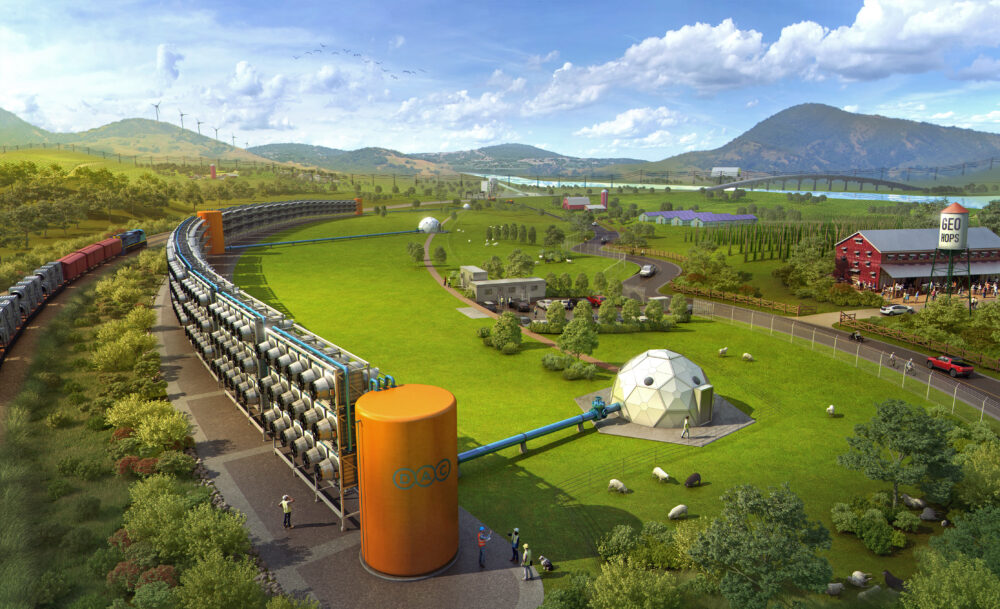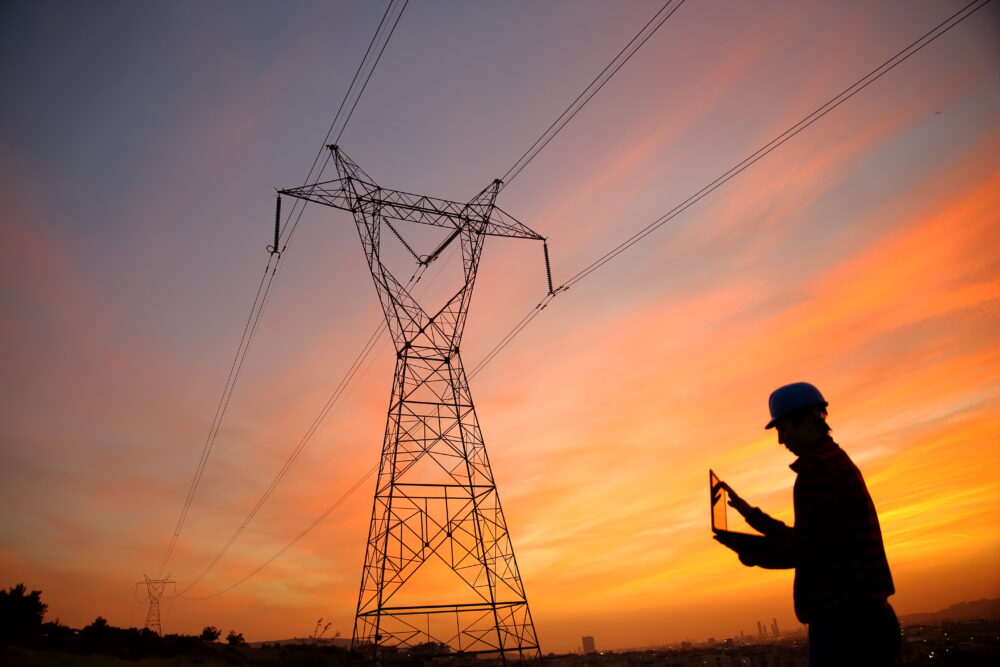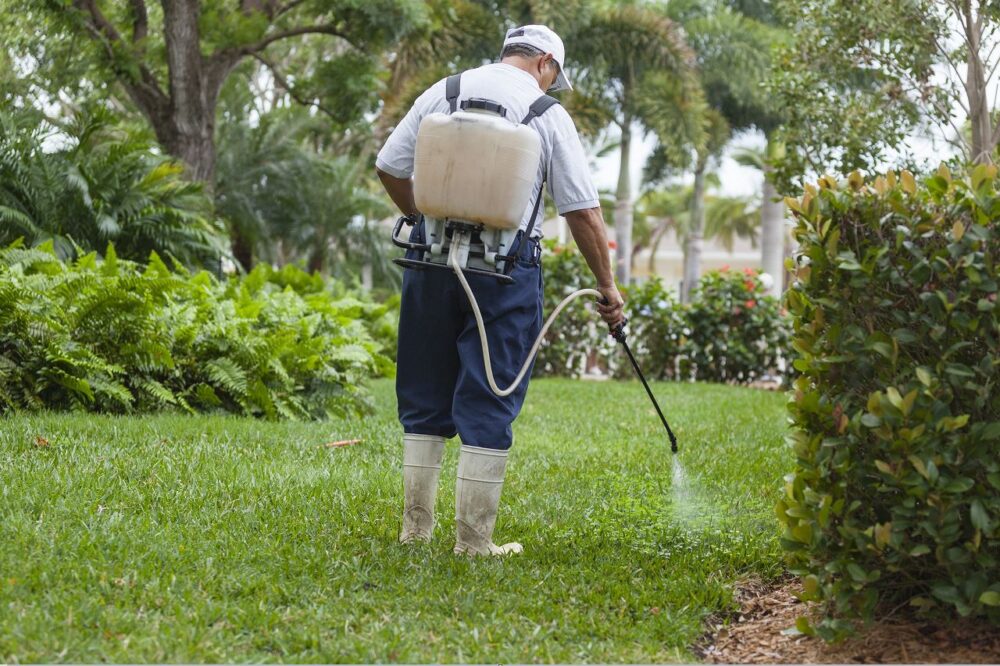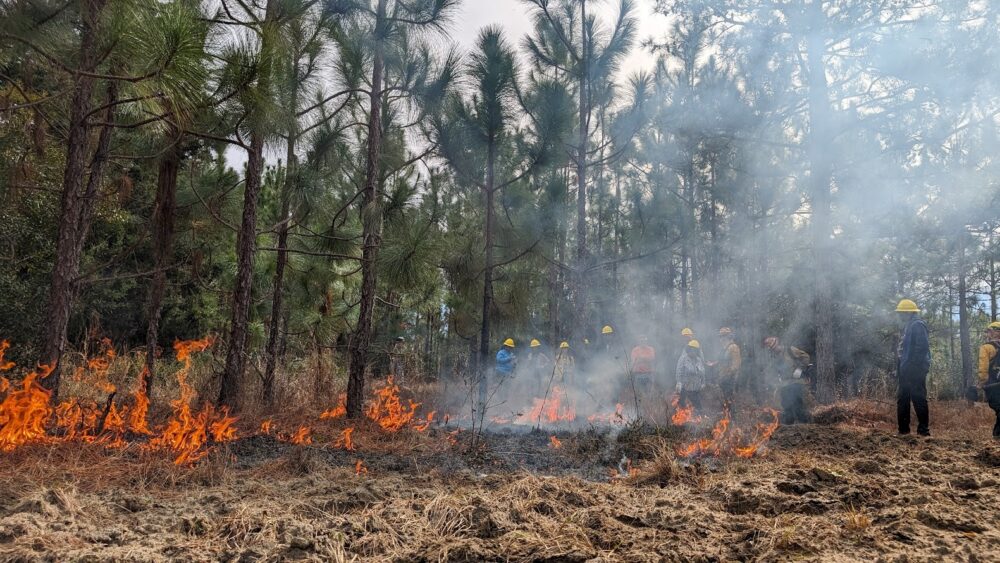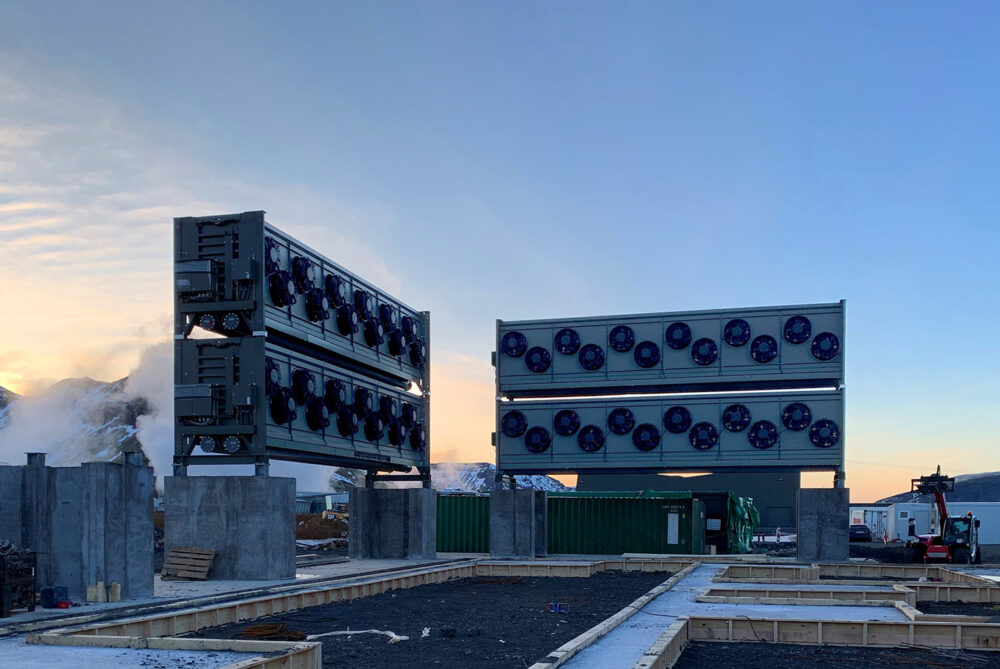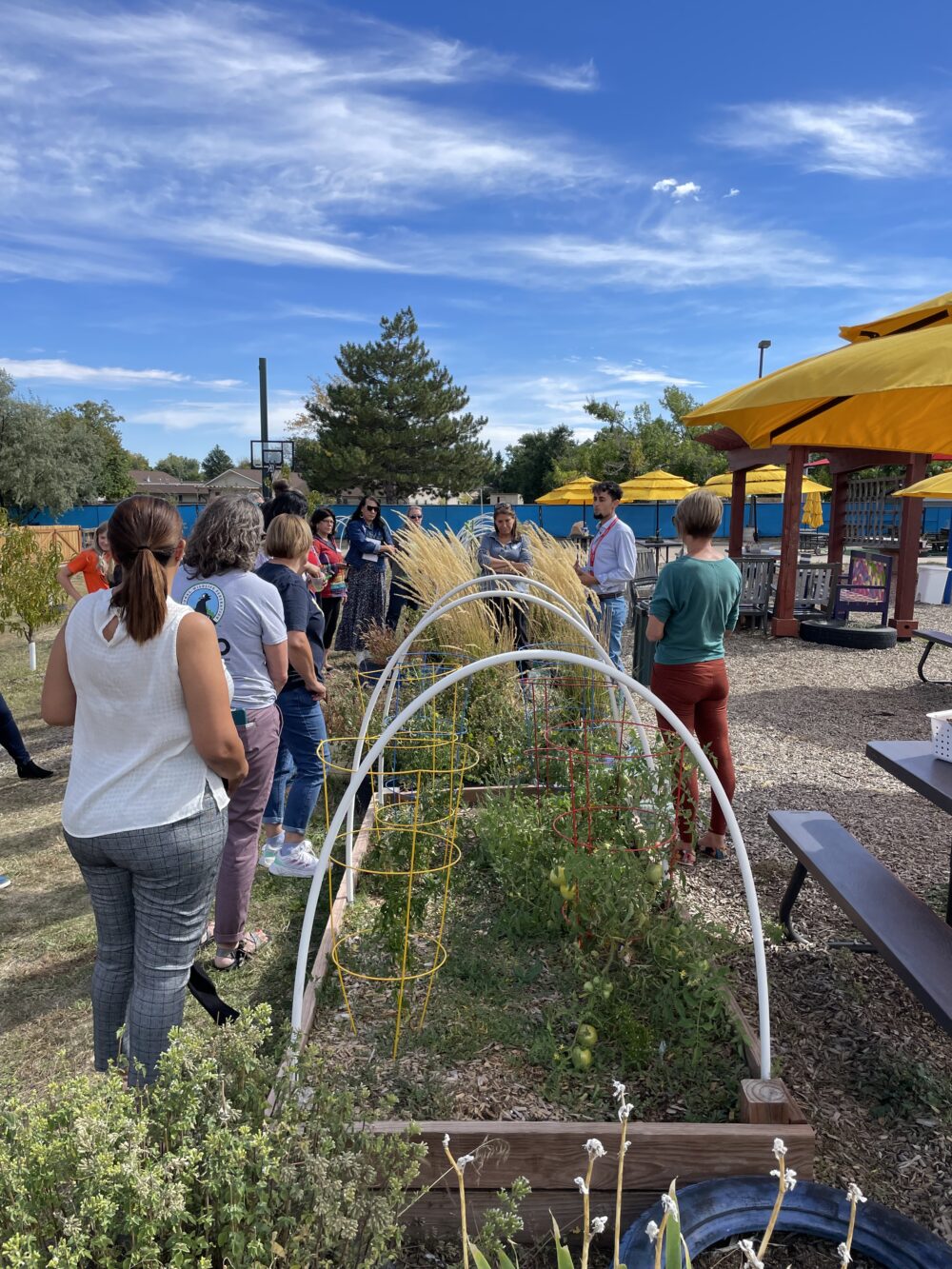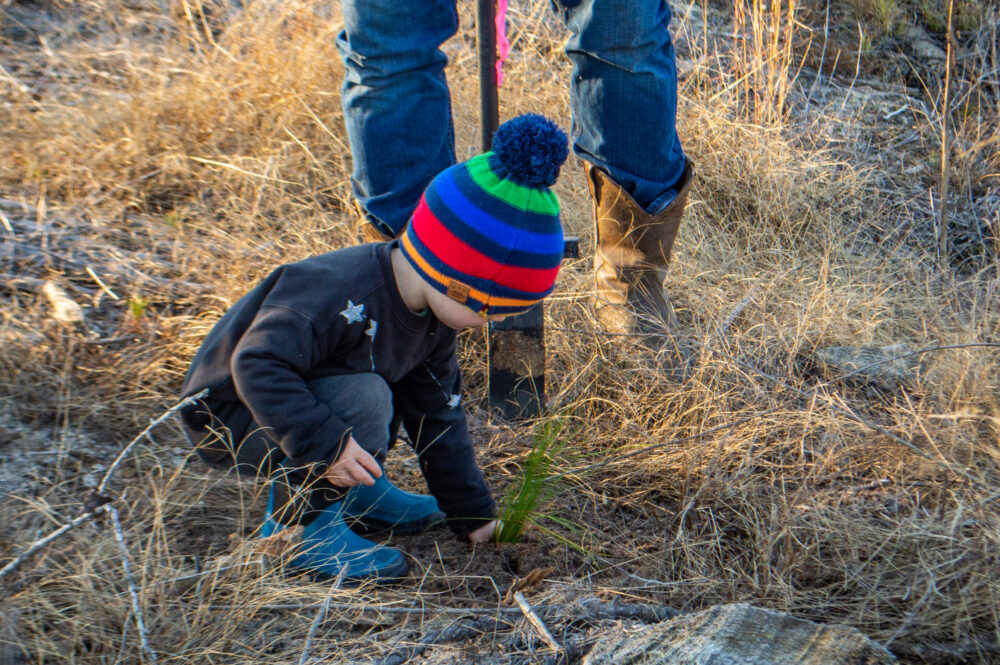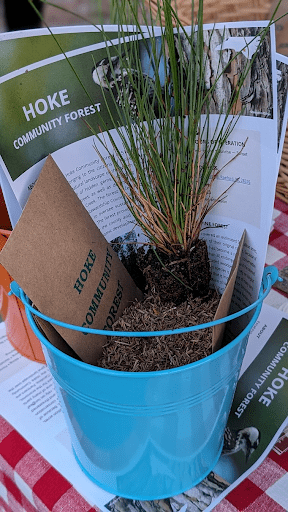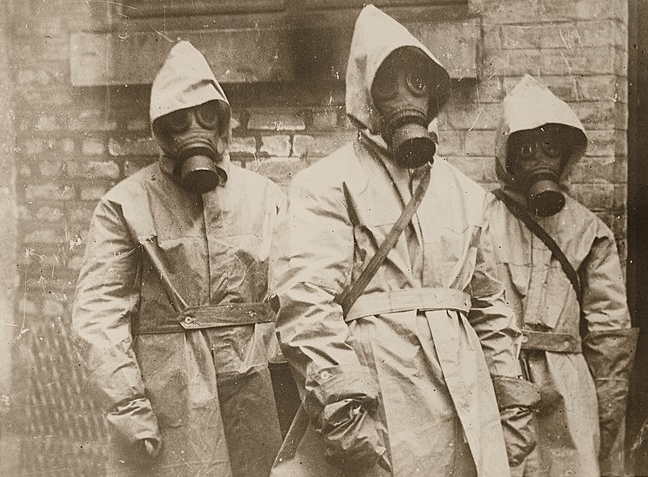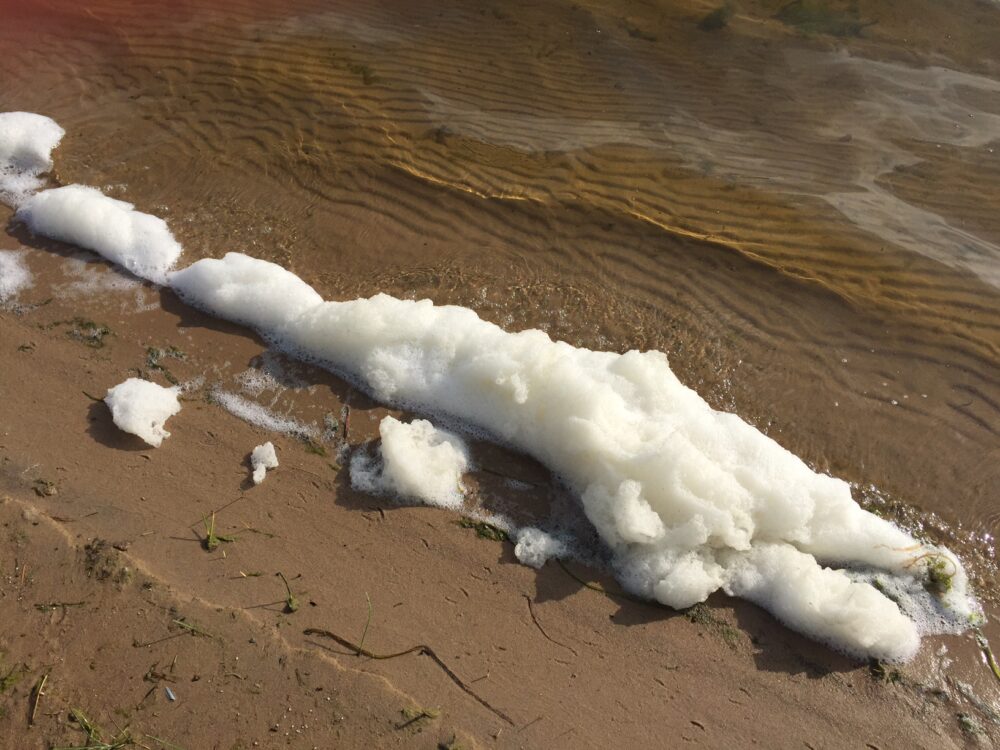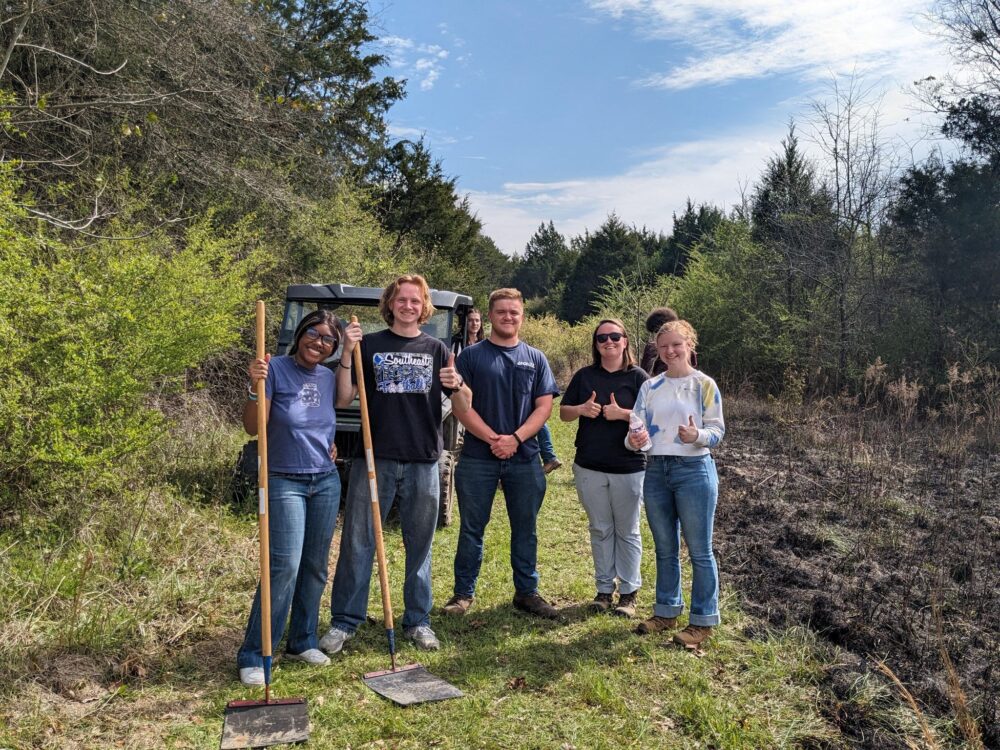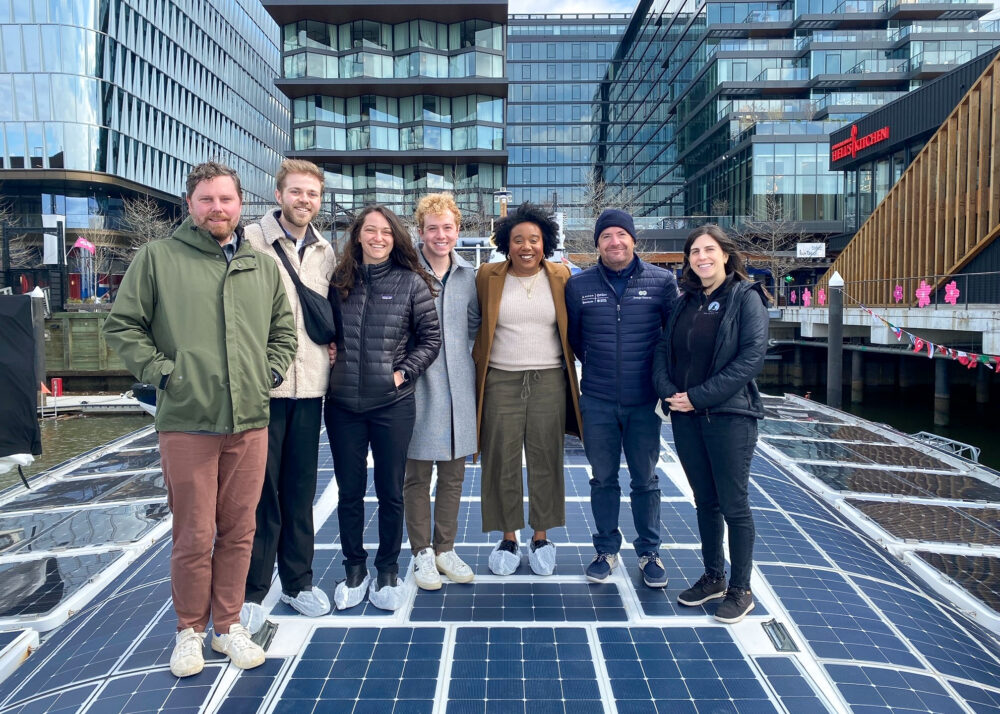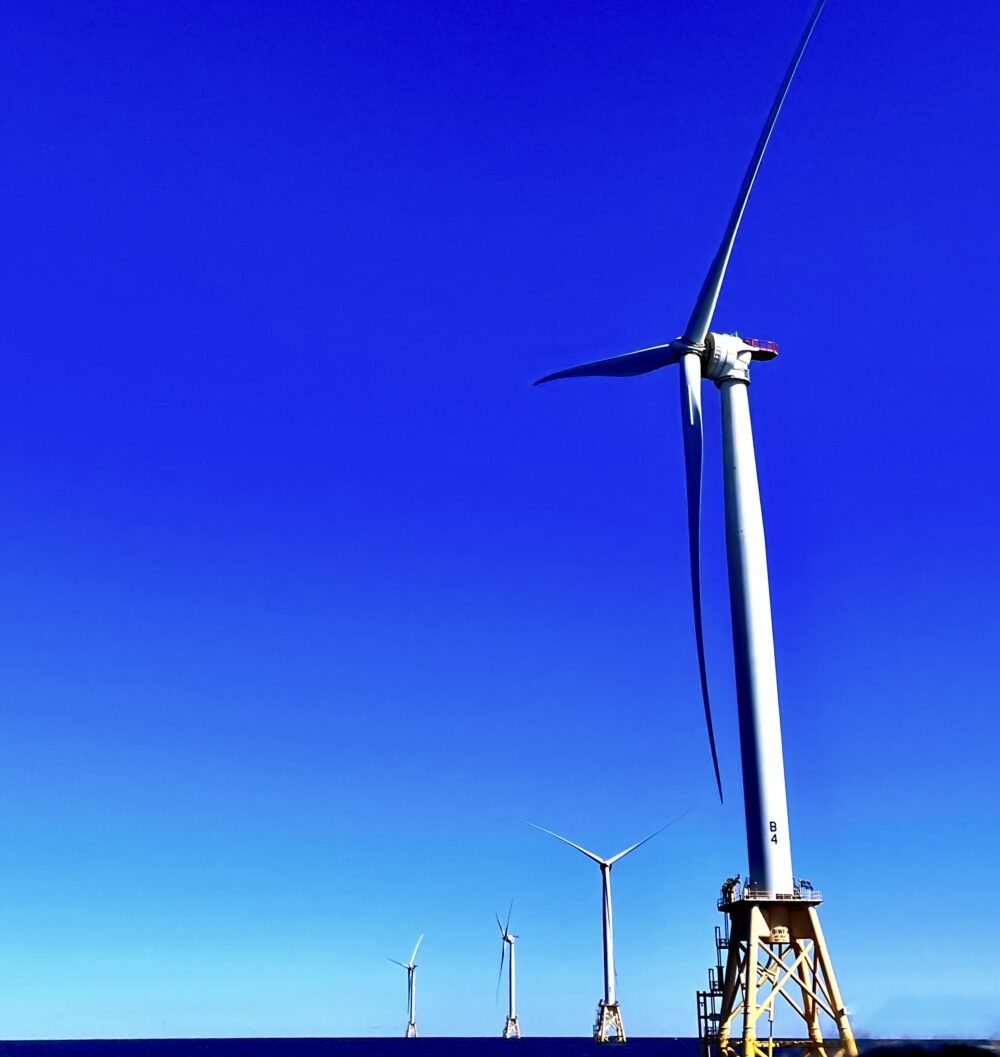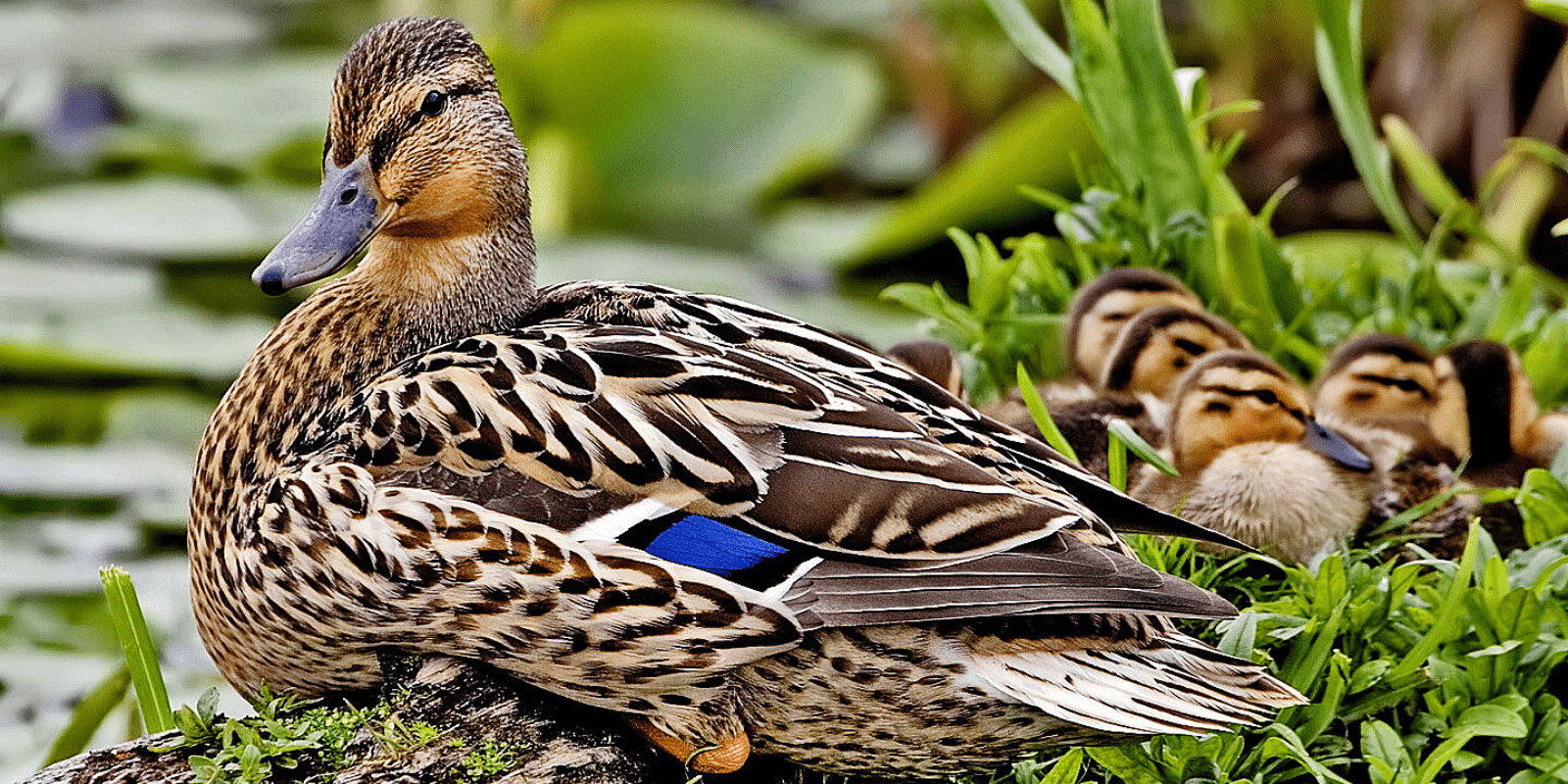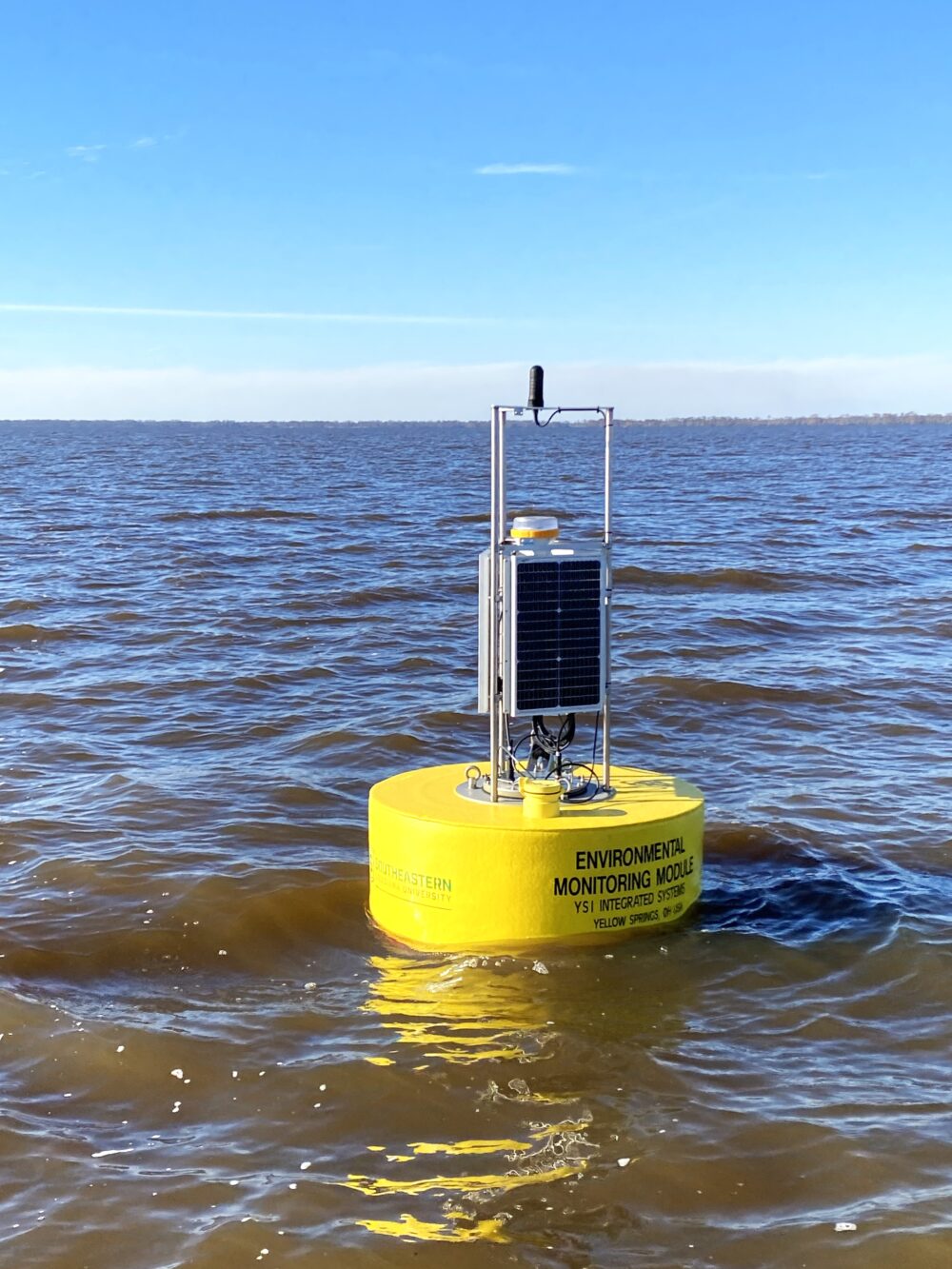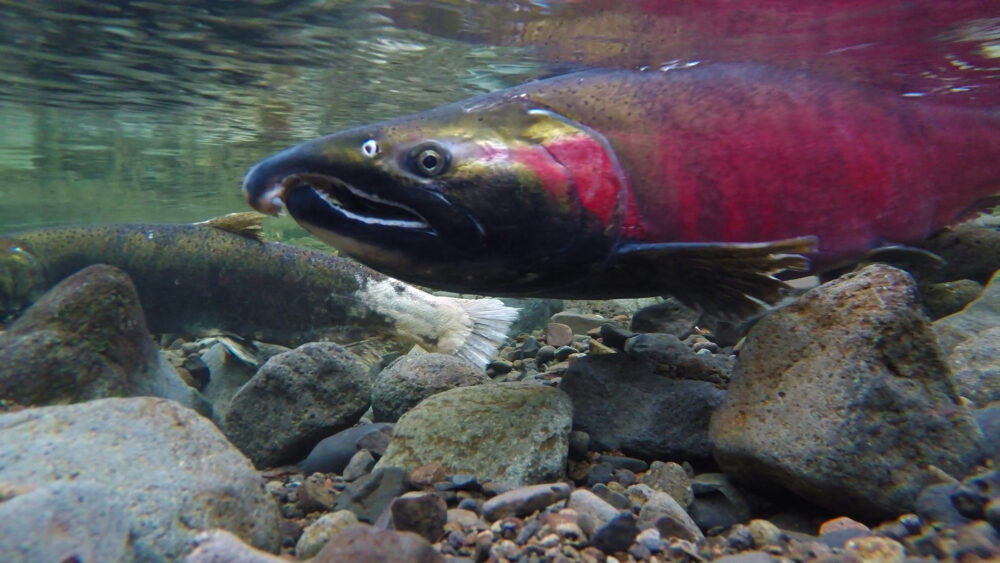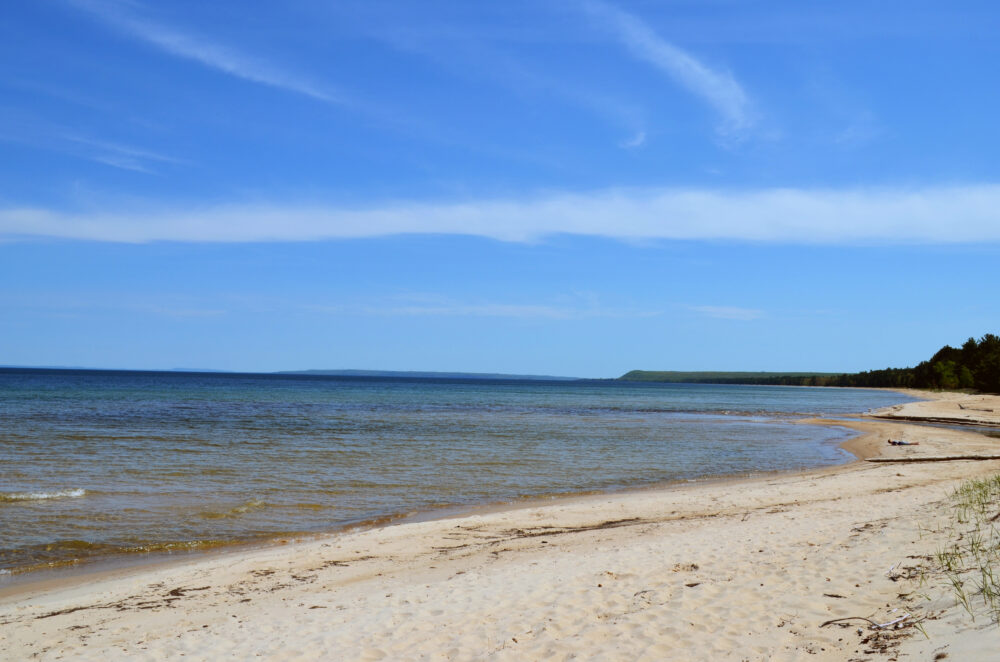We have much more to do and your continued support is needed now more than ever.
A Monster Rises: Enbridge’s Tar Sands Frankenstein
How can a repeat offender sneak a tar sands megaproject through the U.S. without raising an eyebrow? That’s the question being asked in light of Enbridge, Inc.’s ongoing attempts to construct a route from Canada to Texas, a “Keystone XL on steroids” that has only recently started attracting attention.
Success, according to Winston Churchill, “is the ability to go from one failure to another with no loss of enthusiasm.” By that definition the oil pipeline giant Enbridge, Inc. is surely among the most successful companies in the world today. Enbridge is still picking up the pieces from the one of the biggest industrial accidents in U.S. history, 2010’s million-gallon tar sands spill into the Kalamazoo River in Michigan, a debacle that led to record fines and the dubious honor of national name recognition (ask Exxon’s Valdez team how that feels). And now it’s becoming clear that the company is trying to expand its empire from the Midwest to Texas and the coast of Maine, with several projects in the works that could blow rival TransCanada Corp’s “Keystone XL” pipeline project out of the water by comparison.
Enbridge’s Tar Sands Frankenstein
We’ve already taken a look at Enbridge’s covert plans in New England and the Great Lakes region, but they’re jumping into the ring in the Midwest and Texas, too: Enbridge is trying to rig up a network of pipelines to send 35 million barrels per day (about the same amount as KXL) from Canada to the Gulf coast. When you factor in their proposed Northern Gateway pipeline (22 million gallons per day across sensitive habitat in western Canada), Enbridge could increase its tar sands capacity by over 100 million gallons per day, sending the toxic sludge East, South, West, and on around the world.
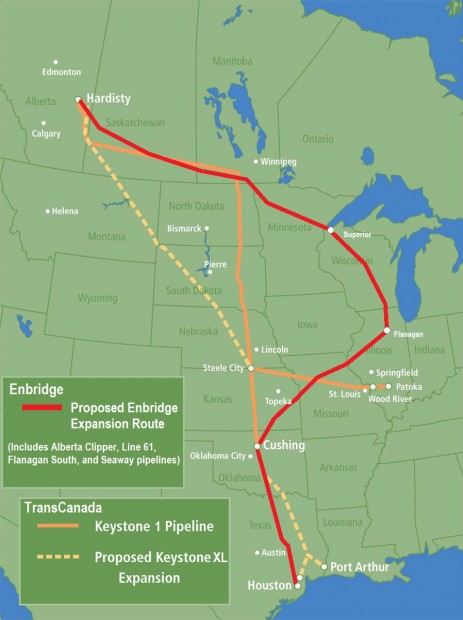
Lena Moffitt over at the Sierra Club sketched out Enbridge’s “connect-the-dots” approach, which makes it easier for the company to dodge regulators and avoid a knock-down, drag-out fight like the one TransCanada is in over Keystone.
First, Enbridge is trying to expand the “Alberta Clipper” pipeline, which brings tar sands oil from mines in Alberta across the U.S. border to Wisconsin. Second, they would connect the Alberta Clipper to “Line 61,” which runs from Wisconsin to Illinois. Line 61 would link up to the “Flanagan South” pipeline (which isn’t built yet, but Enbridge is working feverishly to get permitted) that runs from Illinois to Oklahoma. And last, the “Seaway” pipeline would carry that oil from Oklahoma to Houston, TX, where it could be refined and shipped overseas for billions in profits.
The zig-zag route cuts through North Dakota, Minnesota, Wisconsin, Illinois, Missouri, Kansas, Oklahoma, and Texas, placing an enormous section of the United States at risk for a spill—including the Mississippi River and hundreds of other waterways.
Enbridge Expansion Vs. Keystone XL
How does this project stack up against the other monster tar sands pipeline? Both top out around 35 million barrels per day, but the Enbridge project has nearly 700 miles more pipe, all of which is prone to leaks and spills.
|
Enbridge Expansion |
Keystone XL |
|
| Company |
Enbridge, Inc. |
TransCanada Corp. |
|
Length |
2,609 miles |
1,962 miles |
|
Gallons per day (max capacity) |
35,700,000 |
34,860,000 |
|
States crossed |
8 |
6 |
|
Cost |
unknown |
$7 billion |
|
Major waterways and aquifers crossed |
Mississippi River, Missouri River, Arkansas River, Red River, Carrizo-Wilcox aquifer (TX) |
Yellowstone River, Platte River, Ogallala aquifer, Arkansas River, Red River, Carrizo-Wilcox aquifer |
Keeping the Monster At Bay

Fortunately, we can still prevent Enbridge from building its tar sands monster. National Wildlife Federation and other groups are working to prevent the Alberta Clipper expansion, which we believe needs a presidential permit from the U.S. State Department. And we also have a chance to shut down the Flanagan South pipeline before it starts, by building opposition in Kansas, Illinois, and Missouri, where the governors and state agencies can step in. This campaign is in the opening stages, so keep an eye out for news on how you can get involved.
We started off with a quote, so let’s end on one, too—this time from everyone’s favorite Midwestern billionaire, Warren Buffett:
Should you find yourself in a chronically leaking boat, energy devoted to changing vessels is likely to be more productive than energy devoted to patching leaks.
The United States desperately needs to stop patching leaks.
![]() Urge the U.S. State Department to thoroughly review the risks of tar sands pipeline projects.
Urge the U.S. State Department to thoroughly review the risks of tar sands pipeline projects.

